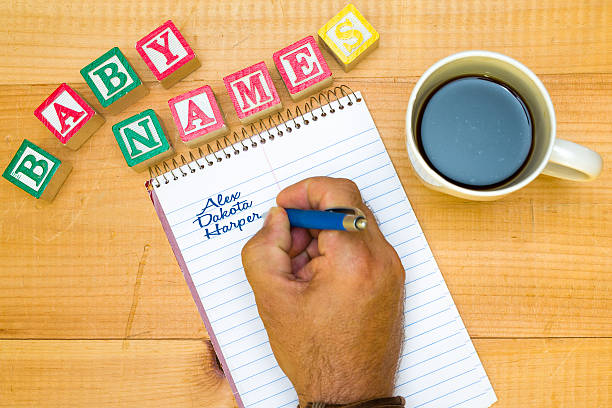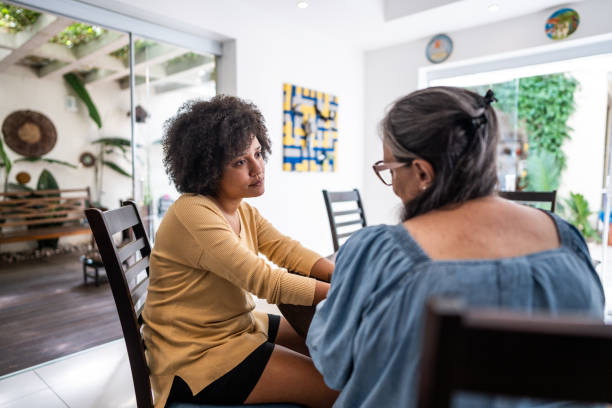How Can I Identify a Good Pre-school?
My child just turned three and I am thinking of putting him in a playschool. With daycare and pre-schools mushrooming everywhere and curriculum options growing and varying everyday, how can one identify
My child just turned three and I am thinking of putting him in a playschool. With daycare and pre-schools mushrooming everywhere and curriculum options growing and varying everyday, how can one identify a good preschool from a bogus one?
Concerned mom
A teacher is sitting on the floor with her preschoolers and day care students – they are playing with plastic blocks together.
Choosing your child’s playschool (pre-school) should not be a random exercise. A good learning foundation can make or break your child’s attitude towards education in the future and setting a good precedent will go a long way in setting the tone to a positive life-long learning experience. A good pre-school should teach your child to explore and develop their sensory, social and motor skills. This is what you should look out for:
Safety and health measures:
According to kindergarten teacher Janet Nzilani, a dirty school should be a red flag to the school’s low standards. Apart from high standards of cleanliness, clear and concise health and safety measures should be in place as well. “A good school should have a plan on how to handle injuries or emergencies. Do they work with a particular hospital? Are they prepared for any safety hazards such as fires? Are they well lit, ventilated and with clearly marked exit points in case of danger?” poses Nzilani. Parents should also ensure that feeding areas are clean and far away from rubbish piles, stagnant water or bathrooms.
Are the minders well trained?
Trained early childhood teachers are your best bet in getting not only high quality programmes, but also great learning experiences for your children. Inquire what level of training the teachers have, ongoing training opportunities, and if any are trained on first aid, child abuse detection and positive guidance techniques. Children should also be under adult supervision at all times.
Preschool
Learning programmes:
The whole idea of playgroup is to allow children to develop their skills through exploration, investigation and experience. This helps them to create, think and plan. According to Nzilani, a good school should not only have adequate and well designated play areas and times, but should also afford your child the opportunity to develop and practice tasks for daily living such as setting and clearing the table, feeding themselves and so on.
Work sheets, though not bad, should be minimal unless it is an art project such as colouring, painting and so on. Steer clear of a curriculum that concentrates on drills and practice skills. Ask about the discipline methods as well. Positive behavioural re-direction or positive reinforcement not only encourages children to try again, but also builds their confidence and self esteem.
Group size and child to staff ratio:
Ample individual attention for students by teachers is the hallmark of a good school. A good school should also take the cognitive skills of the child into consideration. Children experiencing a hard time adapting or blending in should not be ignored. Once you have enrolled your child, watch his body language when going to school. Is he excited or bored? Cranky or terrified? Be keen as to how they also react to their teachers when you drop them off. A safe, loving, stimulating environment is important.
A teacher is sitting on the floor with her preschoolers and day care students – they are playing with plastic blocks together.
Room for guardian participation:
Regardless of the fact that your child is now spending some hours away from you, you are still their primary guardian; not the teachers. That means aside from basic needs such as paying school fees and buying provisions, you have to actively participate in their learning process. A good, open and working relationship with your child’s teacher is important. Find out to what extent you can be involved in the curriculum or programmes such as chaperoning during trips.
If you are interested in a popular school, inquiring about the admission process early enough is recommended. Consider other basics such as your budget and the proximity of the school to your home and flexibility in terms of how early or late your child can be dropped or picked from school.





